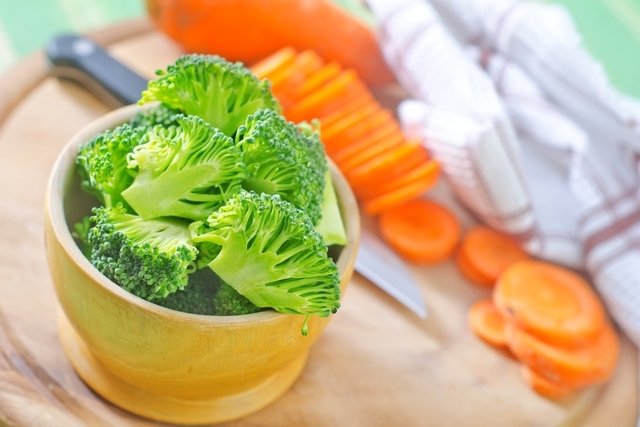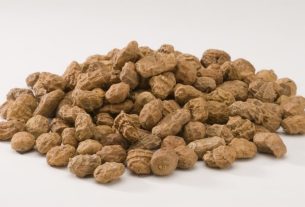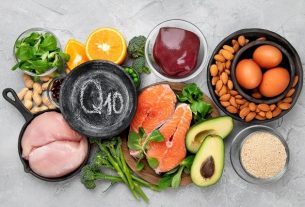Freezing vegetables and fruits is a form of conservation that prevents food from spoiling, reducing waste. Furthermore, freezing also helps preserve the color, flavor, texture and nutrients of food.
When frozen properly, vegetables can last up to 12 months, greens can be frozen for up to 3 months, and fruits can be stored in the freezer or freezer for up to 6 months.
Freezing vegetables and fruits allows access to foods that are out of season, as well as making it easier to prepare salads and quick meals. Some of the foods that can be frozen are broccoli, beetroot, pineapple, banana, kale, bertalha and peppers.
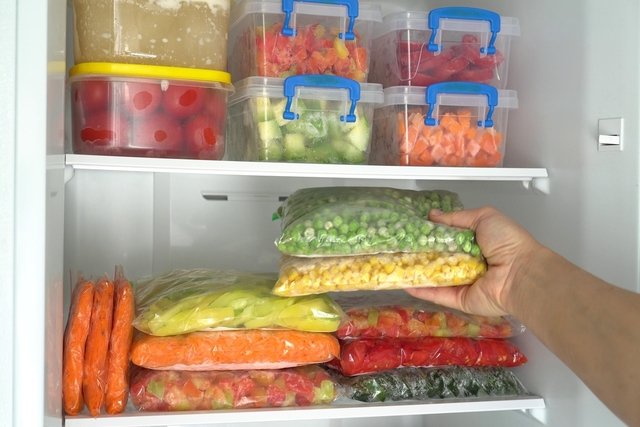
Types of freezing and ways of consumption
There are different ways of freezing and storage times for each type of vegetable, vegetable or fruit. However, some foods need to be blanched, which means boiling for a few minutes and then cooling immediately, before freezing, to prevent them from spoiling or losing flavor or nutrients.
The following table indicates how to freeze raw or cooked vegetables and how they can be used after defrosting:
The following table indicates how to freeze fruits and how they can be used after thawing:
Some fruits, such as avocado, banana, melon, nectarine and peach, can oxidize, turning dark, when frozen. To prevent this from happening, you can add a few drops of lemon to the fruit before placing it in the freezer or freezer.
How to prepare vegetables for freezing
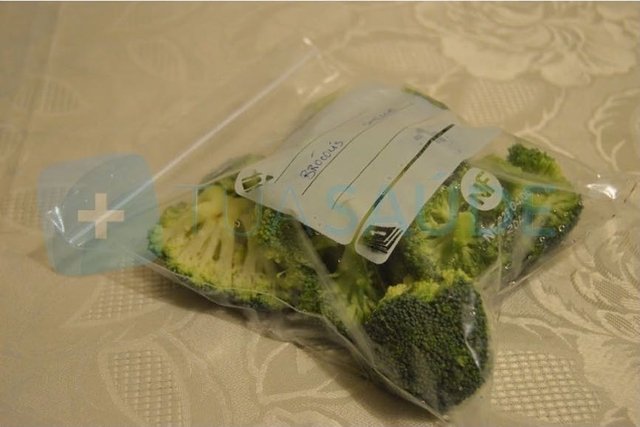
Before freezing vegetables, the first step is blanching, which is a method where foods are boiled for a short time to inactivate enzymes that can alter flavor, color, texture or nutrients. To blanch vegetables you need:
- Choose good quality and fresh vegetables;
- Wash food well, eliminating any visible dirt;
- Cut the vegetables in the way you prefer to use them when defrosting, such as cubes, strips or slices;
- In a pan, boil the water;
- Place the vegetables so that they are completely immersed;
- Cook for 3 to 5 minutes, preventing them from becoming too soft;
- Remove the food from the water and place it in a basin with filtered water and ice to cool;
- Drain and dry the food with a dry cloth.
After draining and drying the vegetables, place them in a glass or plastic jar, with a tight-fitting lid, and store in the freezer for the time indicated for each food.
How to store
Vegetables can be packaged in plastic or glass containers with lids. At this stage, the following precautions must be taken to preserve the texture and flavor of the food:
- Pack food in the exact cut and quantity that will be used later, as vegetables cannot be refrozen;
- Only take vegetables and legumes to the freezer or freezer when they are cold;
- Identify food, with a label, with the name and date it was packaged to facilitate organization and meal planning;
- Do not completely fill the jars, leaving a space of 2 cm, as frozen food can increase in volume;
- Cover the jars tightly so that the smell of the vegetables does not spread to other foods in the freezer or freezer.
Frozen vegetables tend to accumulate water and lose their crunchiness. Therefore, ideally they should be used in cooked preparations, purees, roasts or in juices.
How to defrost food
Portioned vegetables can go straight to the pan without needing to be defrosted. Larger portions should be placed in the refrigerator one day before use.
Pulped fruits do not need to be defrosted. To use, simply remove the desired portion and place it in a blender or pan to prepare juices, sauces, vitamins or smoothies, for example. Fruits in pieces or whole must be defrosted in the refrigerator.
It is important to remember that defrosted fruits, vegetables and legumes should not be refrozen, as they suffer changes in flavor, color and texture, losing their quality.
Check out other tips for storing vegetables and fruits with our nutritionist:
Bibliography
- UNIVERSITY OF GEORGIA. Preserving food: freezing fruit. Available at: <https://nchfp.uga.edu/publications/uga/uga_freeze_fruit.pdf>. Accessed on March 13, 2020
- EMATER/RS. Freezing. Available at: <http://atividaderural.com.br/artigos/4ea9e1e857bd9.pdf>. Accessed on September 9, 2021
- NACTIONAL CENTER FOR HOME FOOD PRESERVATION. How do I freeze?. Available at: <https://nchfp.uga.edu/>. Accessed on September 9, 2021

Sign up for our newsletter and stay up to date with exclusive news
that can transform your routine!
Warning: Undefined array key "title" in /home/storelat/public_html/wp-content/plugins/link-whisper-premium/templates/frontend/related-posts.php on line 12
Warning: Undefined array key "title_tag" in /home/storelat/public_html/wp-content/plugins/link-whisper-premium/templates/frontend/related-posts.php on line 13

